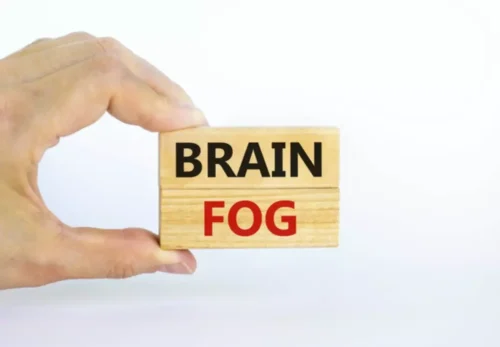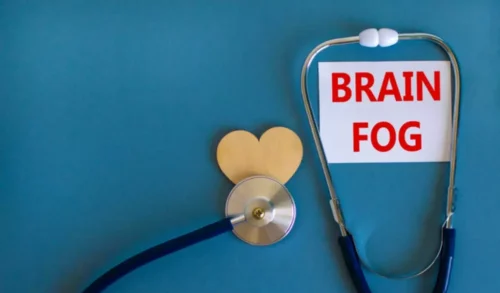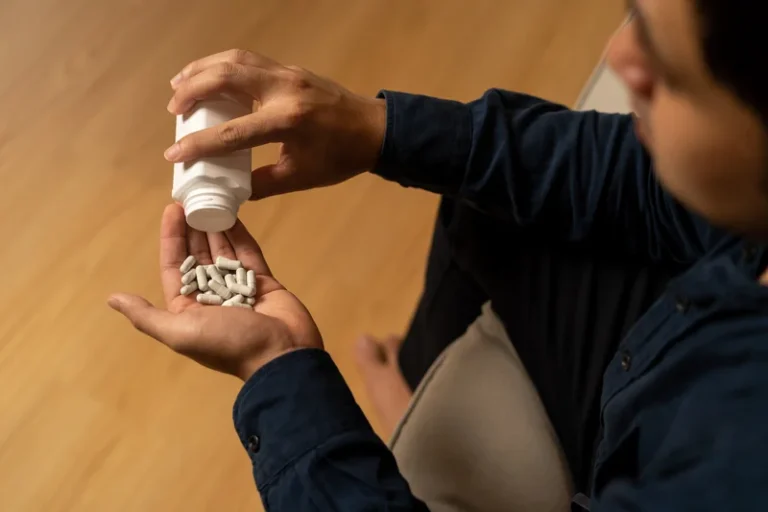
The most commonly observed side-effects were gastrointestinal distress, tremor and sedation 22. The possible increase of liver enzymes (transaminases) could limit its use in AD patients with liver impairment. From a practical point of view, in an alcohol withdrawal syndrome symptoms inpatients setting in which an intensive care unit (ICU) is rapidly available the front-loading scheme could be safely chosen.

Withdrawal Symptoms by Drug Type

Thiamine supplementation is critical in preventing Wernicke’s encephalopathy, a severe brain disorder caused by vitamin B1 deficiency. Magnesium and folate supplementation supports nerve function and helps reduce withdrawal-related fatigue and confusion. Vitamin C and zinc also contribute to immune system recovery and detoxification. Alcohol withdrawal is caused by the brain’s dependence on alcohol to regulate neurotransmitter activity.
Treatment
Alcohol withdrawal syndrome occurs when someone with alcohol use disorder stops or suddenly decreases their alcohol intake. The possibility of multiple administration routes (oral, intramuscular I.M., or intravenous I.V.) represents an advantage of BZDs. Route should be preferred for moderate to severe AWS because of the rapid onset of action, while the oral route can be used in the milder forms. Due to their erratic absorption; lorazepam can be administered by all three routes; oxazepam can be administered only orally, while midazolam can be given intravenously as continuous infusion 60.
- While some may view ecstasy as a harmless recreational drug, it can have serious consequences.
- Additionally, individuals with previous withdrawal episodes are more likely to experience severe symptoms due to the kindling effect, which makes subsequent withdrawals progressively worse.
- Initial doses of 10 mg equivalents of diazepam are given intravenously/intramuscularly and can be repeated every minutes 51,77.
- Refractory DT can be managed with phenobarbital or adjuvant antipsychotics.
- Neuroleptic agents (like haloperidol) are helpful against agitation and hallucinations.
Medications for alcohol withdrawal syndrome
Patients who are non-verbal (e.g. stupor due to head injury) may not be suited for this regimen as they may not be able to inform the nursing personnel if they were to experience any withdrawal symptoms. They may be considered in mild withdrawal states due to their advantages of lower sedation and lower chances of dependence or abuse potential. However, they may not have the expected advantage of preventing seizures or DT in alcohol withdrawal states18 and their use is not recommended in severe withdrawal states. Alcoholics Anonymous Reoux et al., and Malcolm et al., concluded that Valproic acid significantly affects the course of alcohol withdrawal and reduces the need for treatment with a benzodiazepine 61,62.
- Should symptoms worsen, patients and their support person should be instructed to present to the emergency department for evaluation and further treatment.
- These will depend on how much alcohol they drank, their body type, sex, age, and any underlying medical conditions.
- For delirium tremens and withdrawal seizures, treatment with high-dose benzodiazepines (parenteral or oral) is recommended in ICU set up.
- Alcohol use disorder can lead to various physical and mental health conditions.
- Tapering is a process of slowly decreasing the use of a substance, such as a prescription medication, over time to prevent withdrawal.
Adrenergic medications
Neuroleptic agents (like haloperidol) are helpful against agitation and hallucinations. Beta-blockers (like atenolol) and alpha-2 adrenergic receptor agonists (like clonidine) can reduce blood pressure, heart rate, and tremors. Glutamate and GABA are normally balanced to keep the brain functioning properly. Total dosing of intravenous diazepam should not routinely exceed 100 mg/h or 250 mg in 8 hours. Total dosing of intravenous lorazepam should not routinely exceed 20 mg/h or 50 mg in 8 hours. The medications listed below are related to or used in the treatment of this condition.
Fixed dose regimen

If you or someone you know is struggling with substance use or withdrawal, you are not alone. If you are not sure where to turn, the SAMHSA Helpline is a great resource. Treatment of withdrawal depends on the substances used, the symptoms, and the severity of symptoms. This may be done at home or in a medical facility, depending on the substance and severity of withdrawal. Abruptly stopping or decreasing an antidepressant may also cause a relapse of anxiety or depression symptoms.
- With chronic alcohol exposure, GABA receptors become less responsive and higher alcohol concentrations are required to achieve the same level of suppression, which is termed ‘tolerance’.
- It affects about 50% of people with alcohol use disorder who stop or significantly decrease their alcohol intake.
- Beta-blockers such as propranolol help manage cardiovascular symptoms like high blood pressure and rapid heart rate, reducing physical stress during withdrawal.
- DT is characterised by a rapid fluctuation of consciousness and change in cognition occurring over a short period of time, accompanied by severe autonomic symptoms (sweating, nausea, palpitations and tremor) and psychological symptoms (i.e. anxiety) 6.

